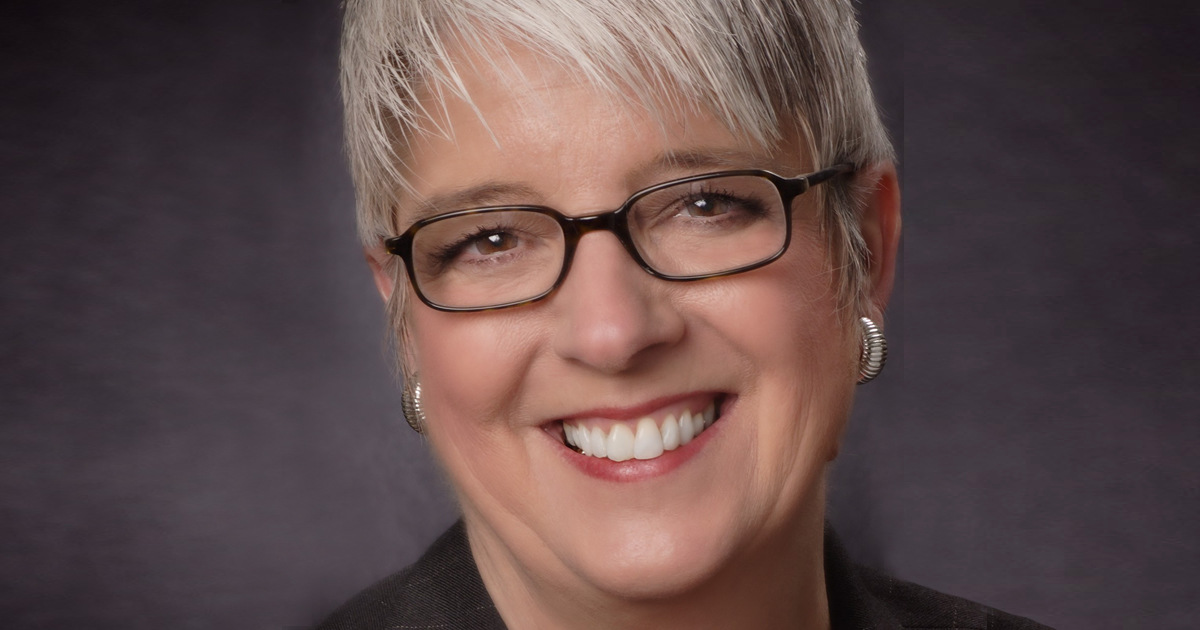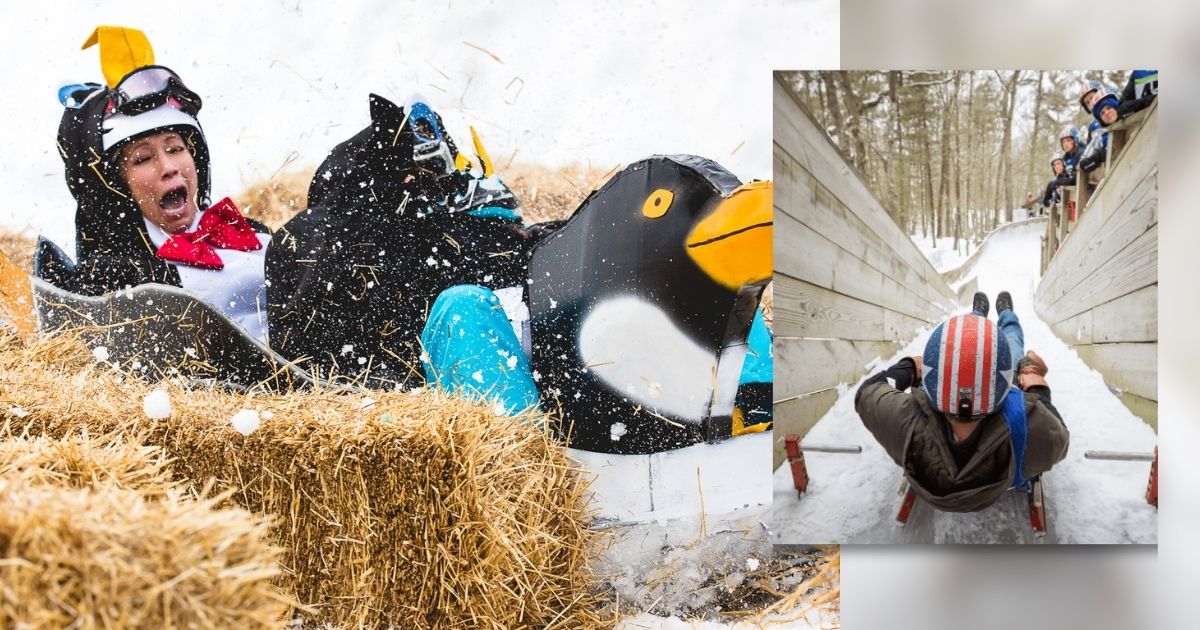What do two female art directors and one photographer have in common? Pure determination—and a vision toward celebrating a cultural legacy. In the most ambitious undertaking of its 105-year history, the Muskegon Museum of Art (MMA) will display all 723 photogravures of Edward Curtis' The North American Indian collection, beginning this May.
And it all began with one bold, visionary woman.
In 1916, Lulu Miller, director of Muskegon's Hackley Public Library and the MMA (then known as Hackley Art Gallery), was only the second female art museum director in the United States. She was also one of the original 222 subscribers to Curtis' The North American Indian—a collection recognized as the largest ethnographic study and photographic record in history. Miller signed up for the series in 1908, making Hackley Public Library the first Michigan subscriber.
Curtis spent 30 years capturing portraits of Native Americans, their landscapes and their lifestyles, in a determined quest to document what he thought was disappearing. The photographer lost his health, marriage and prosperity—yet he had a vision.
The North American Indian consists of 20 volumes of ethnographic research documenting the varied cultures of 80 Native American tribes. Over 10,000 Native Americans participated in Curtis' endeavor, resulting in 20 volumes of ethnographic research and 723 portfolio photographs portraying Native American cultures west of the Mississippi and Missouri Rivers in the late 19th and early 20th centuries.
Curtis' work changed the way an entire nation viewed the indigenous peoples of North America.
Available only by subscription, The North American Indian was incredibly expensive: $3,000 for volumes printed on Dutch vellum paper and $3,500 for the Japanese paper edition—almost $80,000 today. Miller had a vision, though, and she convinced her Board to approve the subscription.
Nearly a century later, Judith Hayner, MMA Executive Director, felt inspired to display the entire collection in one space, at one time—a first in history, as far as the museum has been able to determine.
"When you experience an entire body of work," Hayner said, "you have a different understanding of the artist and what he was trying to accomplish."
Hayner brought the idea to her staff, who tried to talk her out of it.
"I had to get serious. I said, I'm not kidding. Now, please, stop rolling your eyes at me and let's figure this out."
Hayner, too, had a vision.
And after three years of planning and 80 percent of the museum's space dedicated to the exhibition, Edward S. Curtis: The North American Indian will open May 11, 2017, and run through September 10, 2017.
The exhibition will offer visitors a rare opportunity to experience the depth and breadth of Curtis' vision and scholarship, the images' and scholarship's flaws, and the work's impact on past and present views of Native American culture.
"Curtis' goal was not to take beautiful photographs," Hayner said. "His goal was to document what he believed to be a vanishing race."
"And by the way, Curtis was wrong." Native American culture thrives today. Along with the exhibition, numerous Muskegon community events will explore Native American prevailing history and culture throughout the summer.
Learn more about Edward S. Curtis: The North American Indian at www.muskegonartmuseum.org.
Photo courtesy of MMA. Edward S. Curtis Piegan Encampment 1900/1911, Photogravure, 12 X 16 inches




